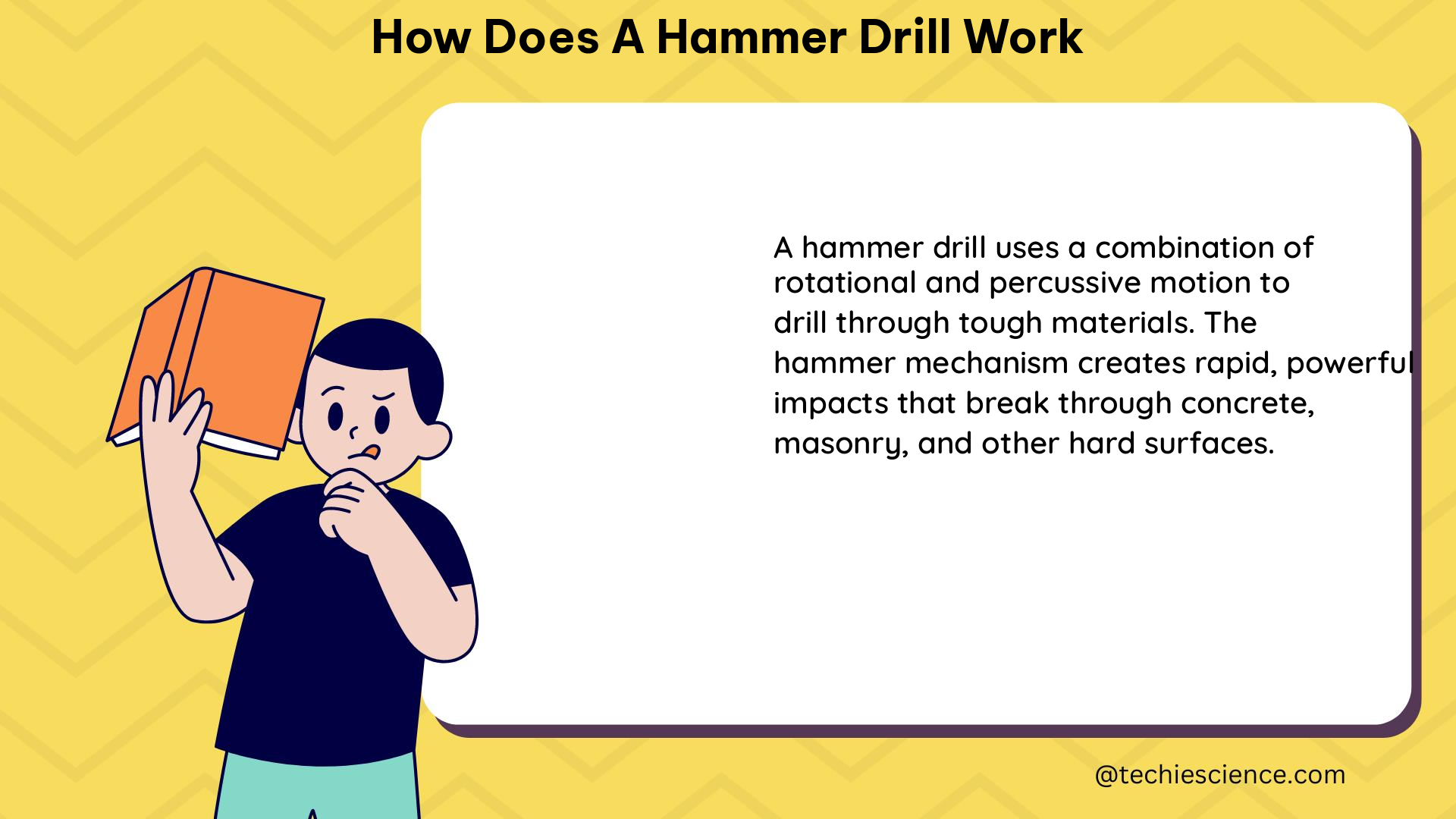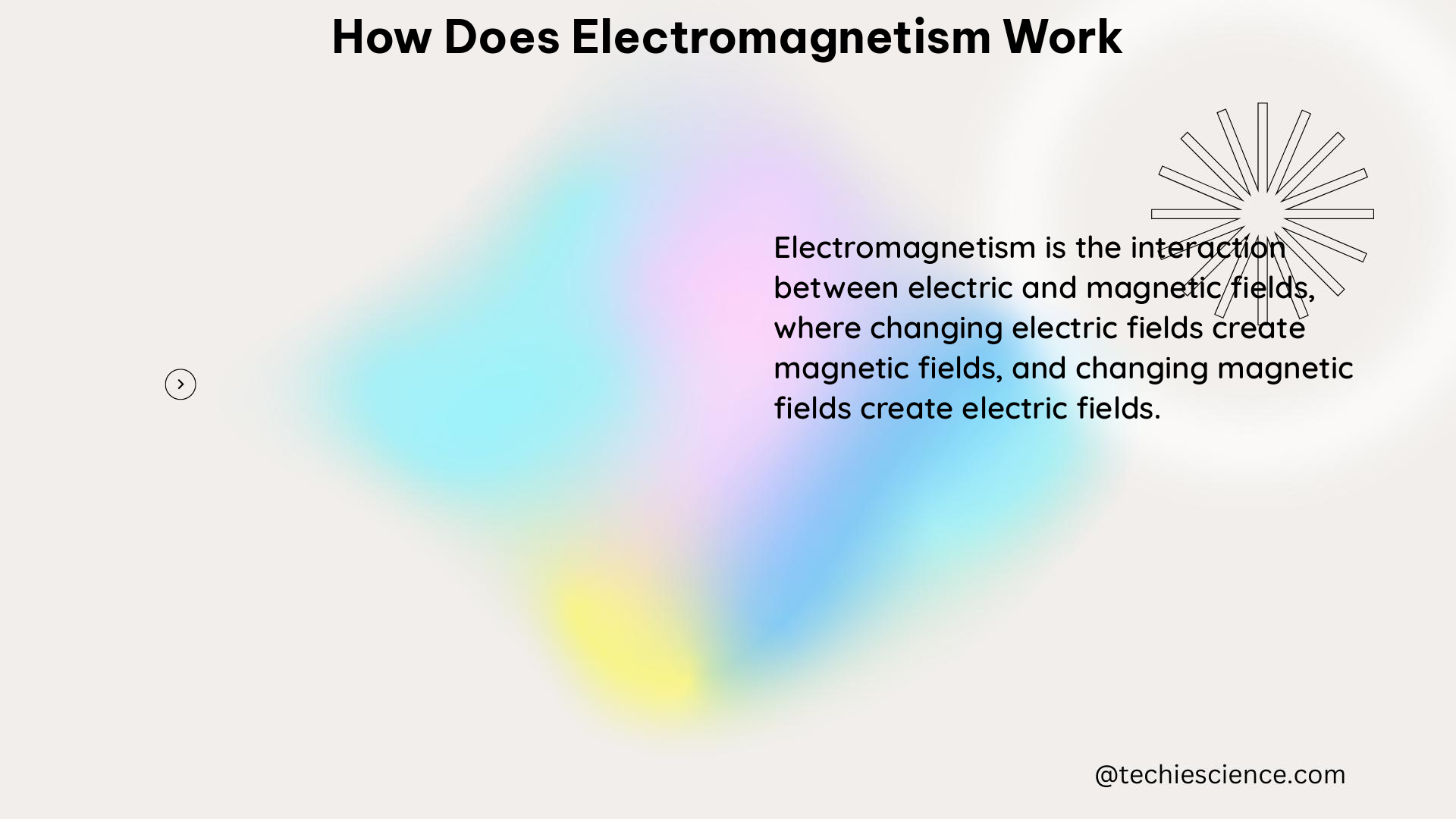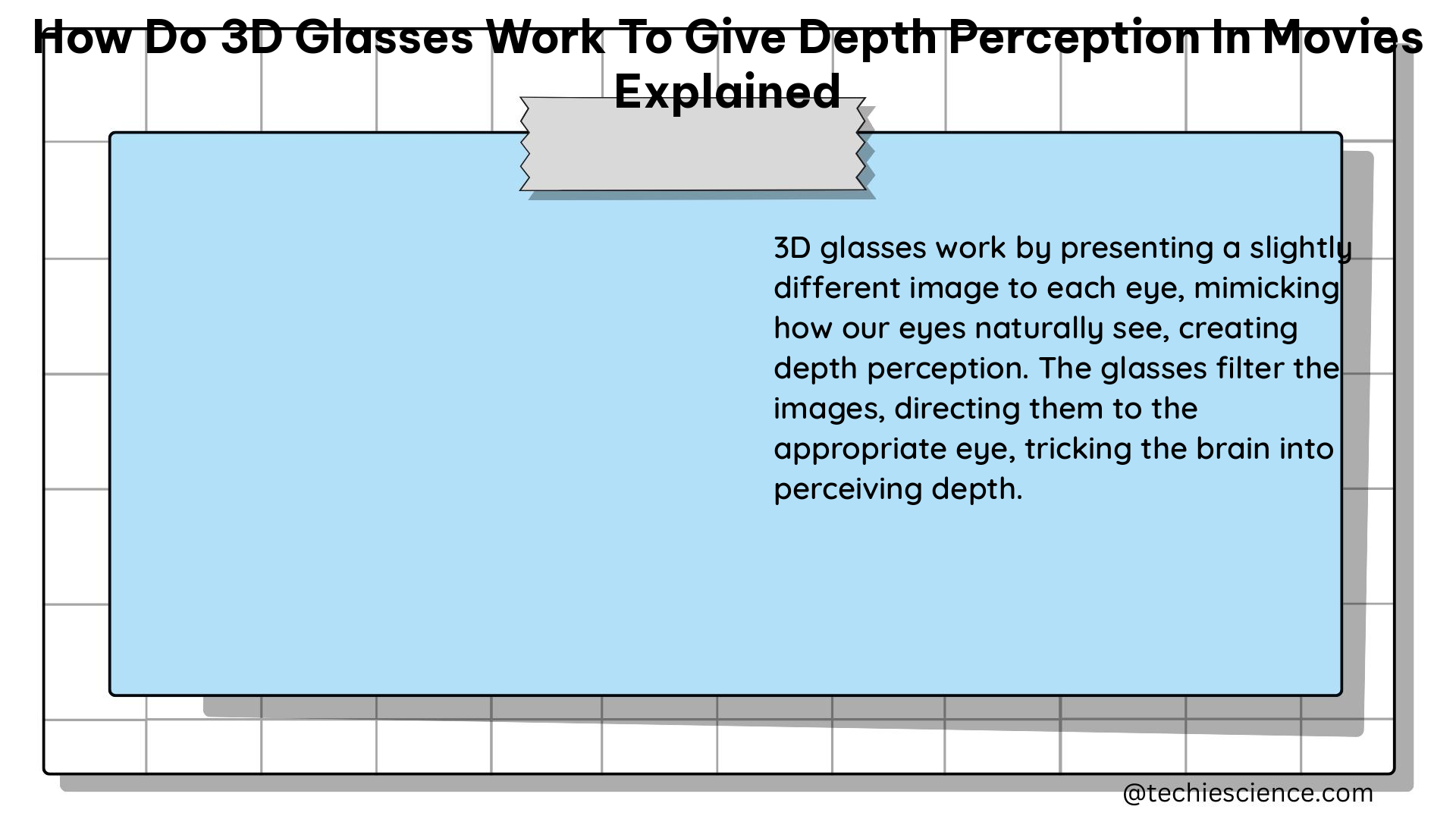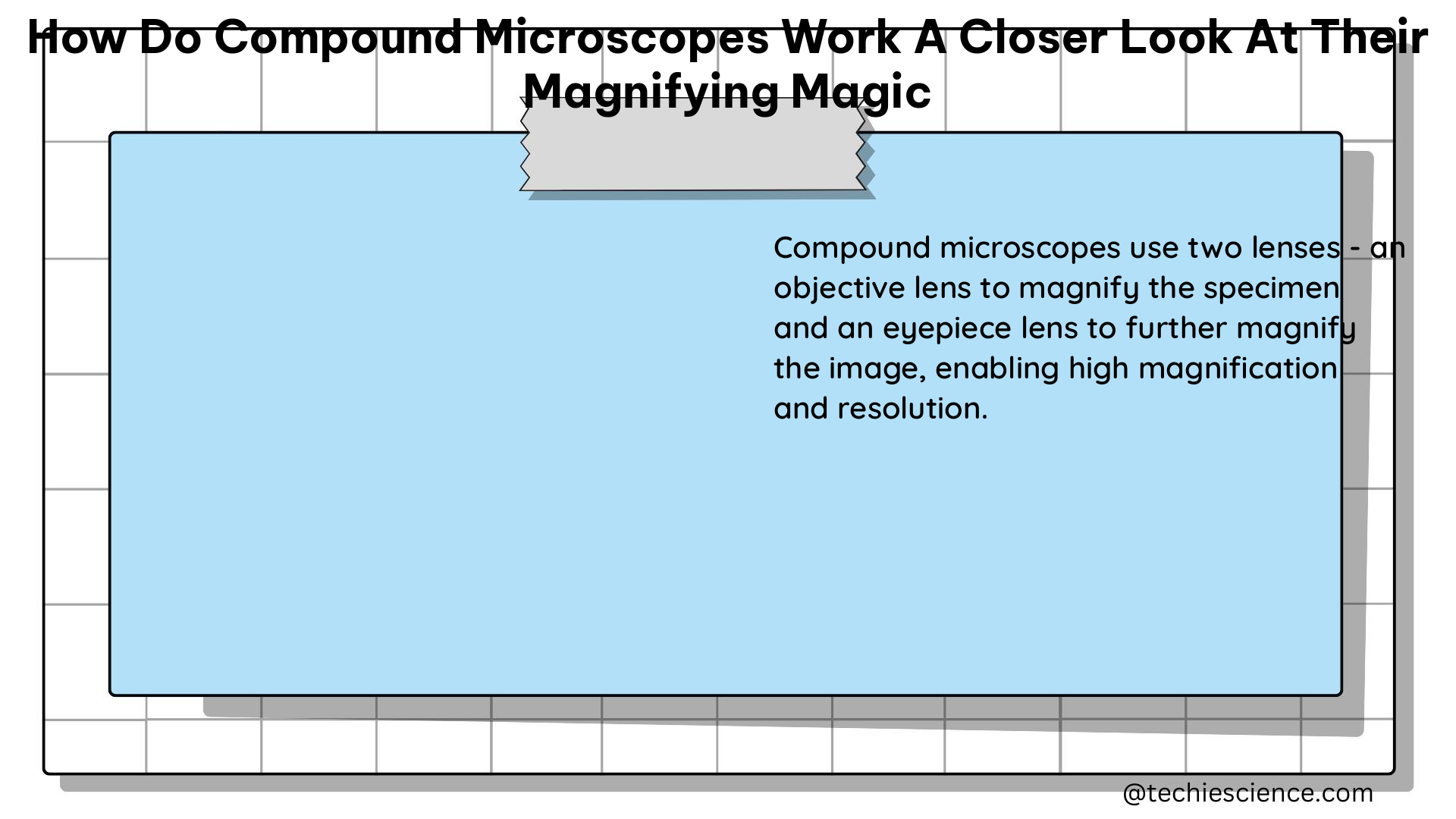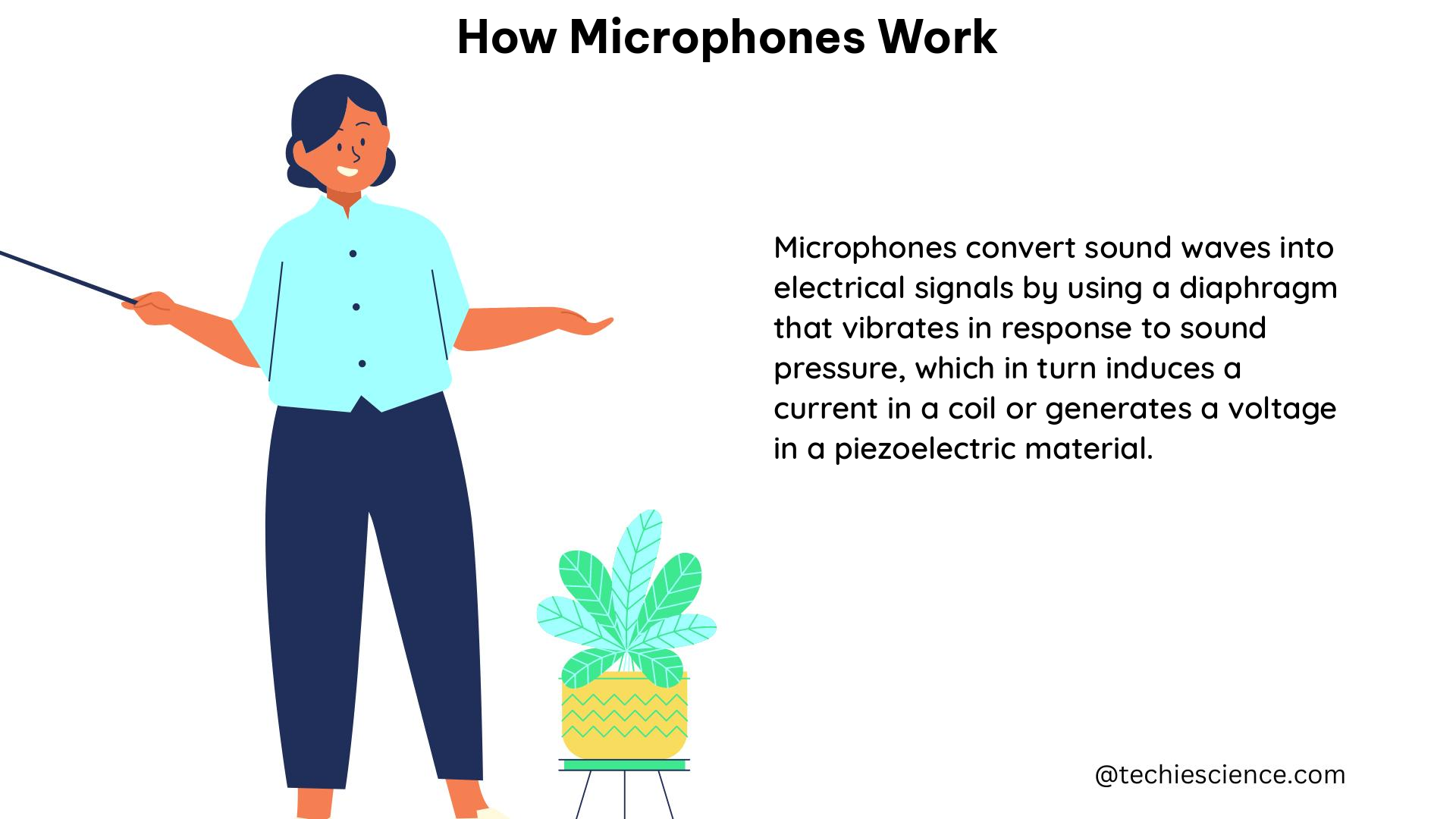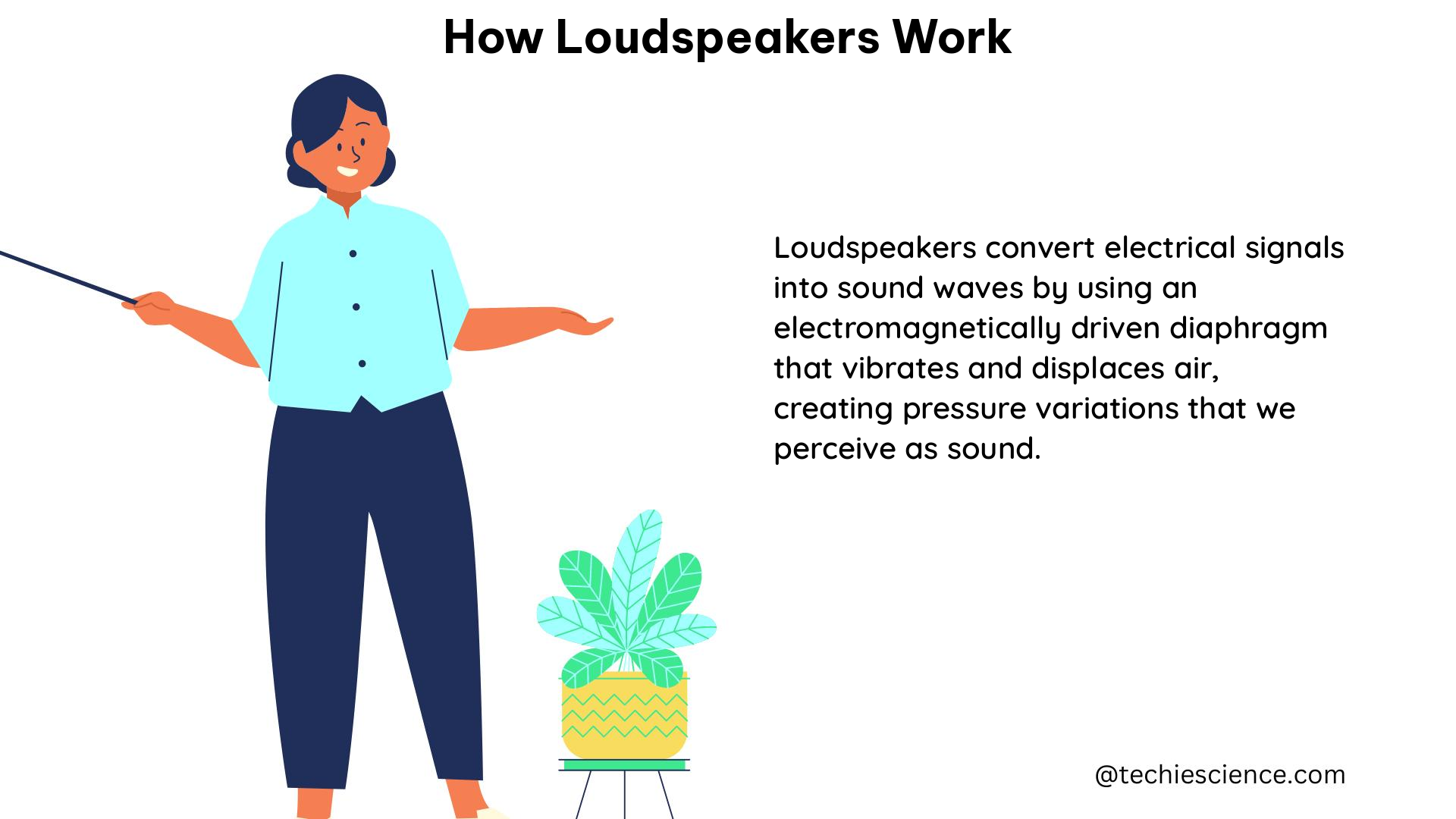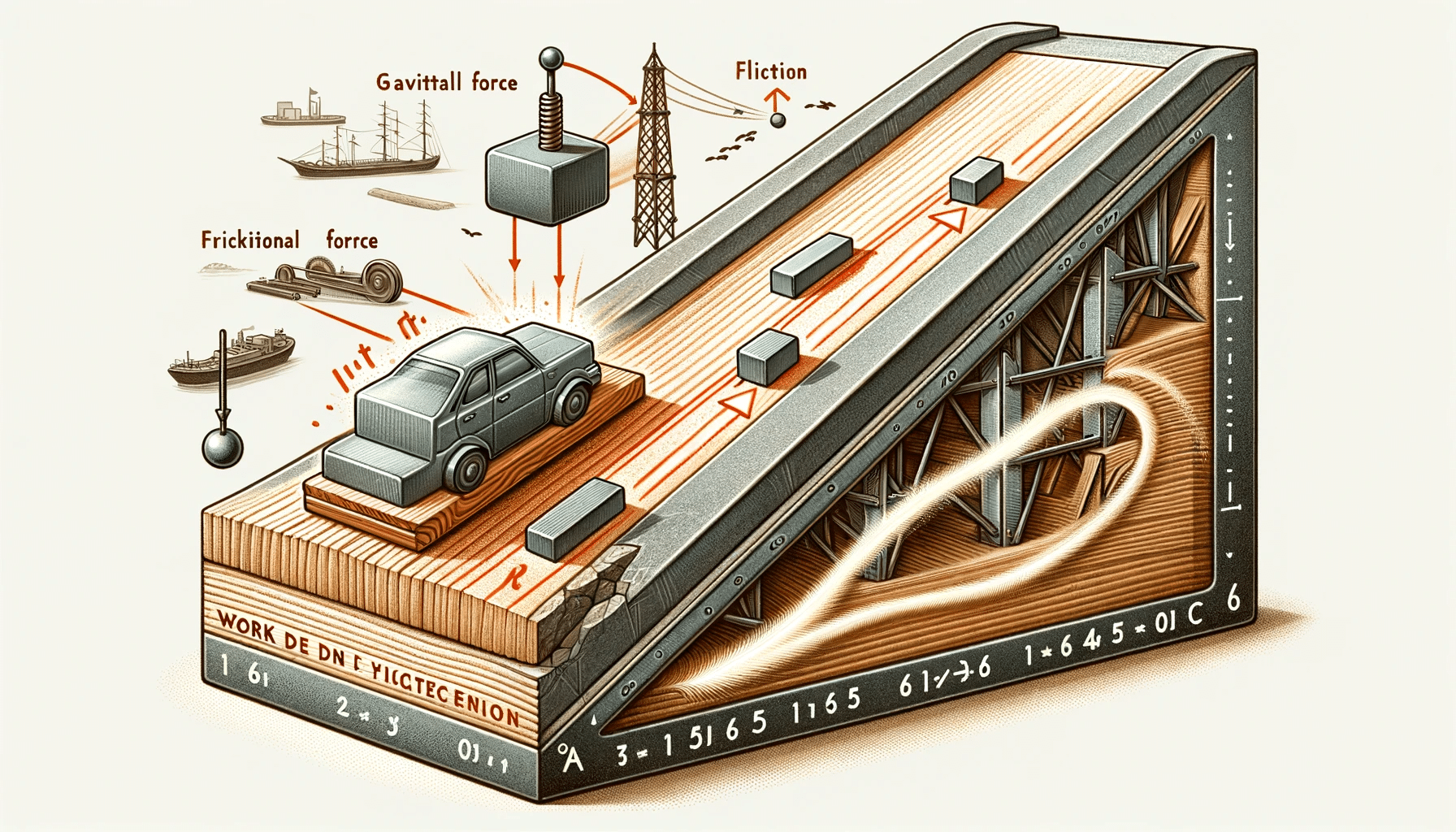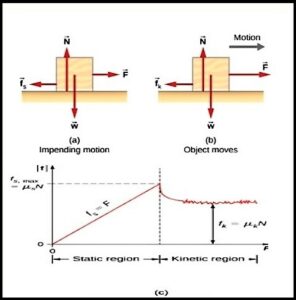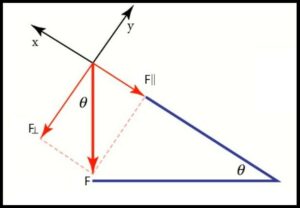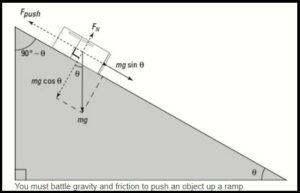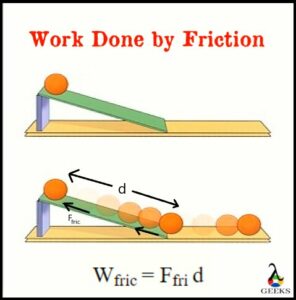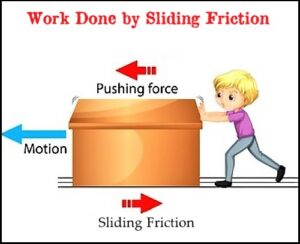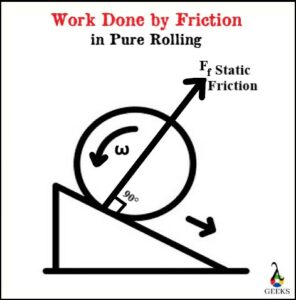Torque is a fundamental concept in physics that describes the rotational force acting on an object. It is a crucial factor in understanding the behavior of various mechanical systems, from simple levers to complex machinery. In this comprehensive guide, we will delve into the intricacies of how torque works, exploring the underlying principles, mathematical formulations, and practical applications.
Understanding the Concept of Torque
Torque is defined as the product of the force applied and the perpendicular distance from the axis of rotation to the line of action of the force. Mathematically, torque (τ) can be expressed as:
τ = r × F
Where:
– r is the distance from the axis of rotation to the point of application of the force (also known as the moment arm or lever arm)
– F is the applied force
– × represents the cross product operation
The direction of the torque vector is determined using the right-hand rule, where the fingers point in the direction of the force, and the thumb points in the direction of the torque.
Units and Measurements of Torque
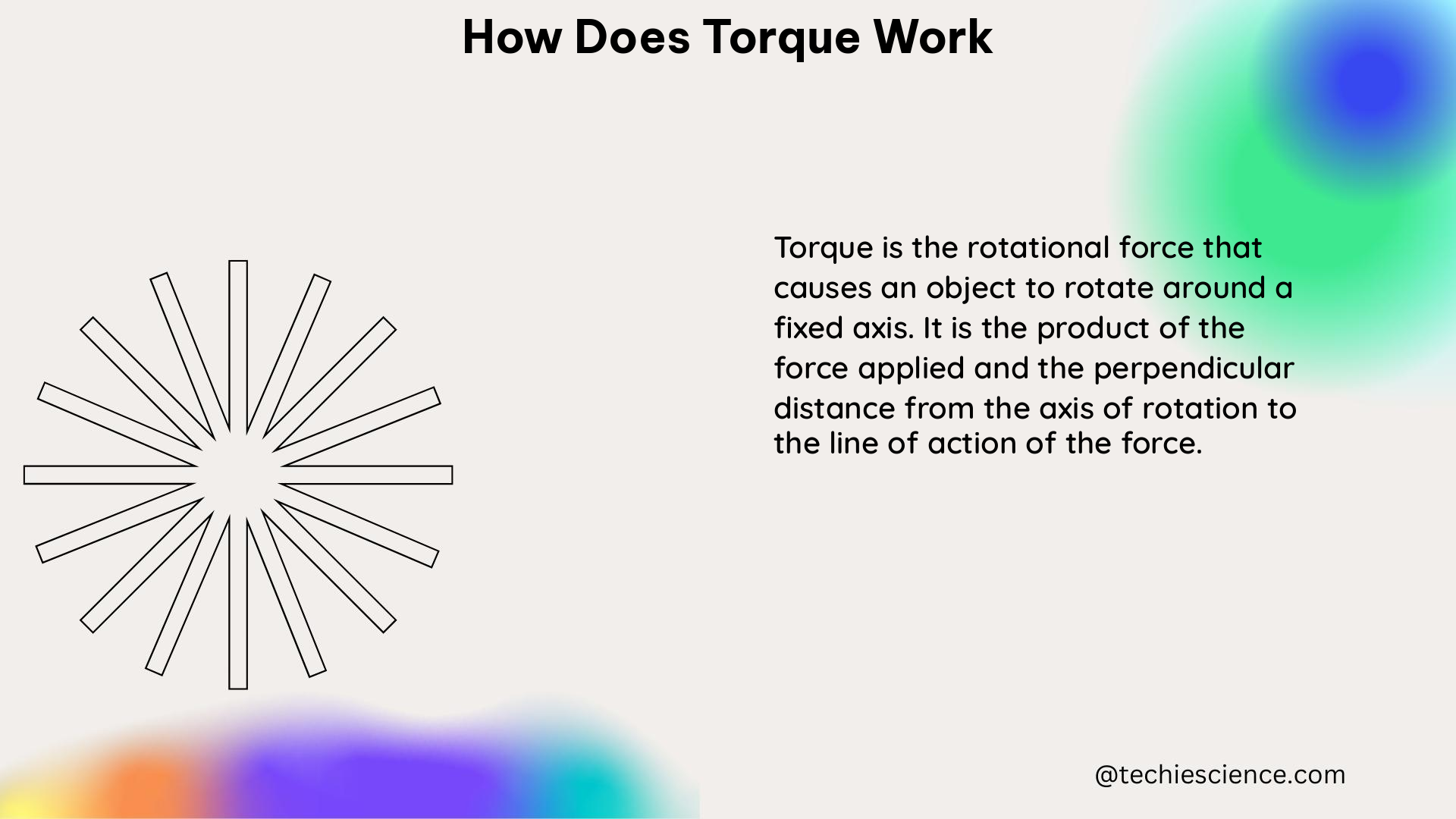
In the International System of Units (SI), the unit of torque is the Newton-meter (N⋅m). This represents the product of a force in Newtons (N) and a distance in meters (m).
In the imperial system, the unit of torque is the Foot-pound (ft⋅lb). This unit represents the product of a force in pounds (lb) and a distance in feet (ft).
It is important to note that the magnitude of the torque is directly proportional to the magnitude of the force and the length of the moment arm. Increasing either of these factors will result in an increase in the torque experienced by the object.
Measuring Torque in Non-Rotating and Rotating Systems
Measuring torque in a non-rotating system is relatively straightforward. By directly measuring the applied force and the length of the moment arm, the torque can be calculated using the formula mentioned earlier.
However, measuring torque in a rotating system is more challenging. One common method involves the use of a torque sensor or a torque transducer, which is typically installed on the drive shaft or other rotating components. These devices measure the strain within the metal of the shaft, which is directly related to the torque being transmitted. The measured strain is then converted into a torque value and transmitted wirelessly or through a data acquisition system.
Torque and Energy
Torque and energy have the same dimensions, but they are not the same physical quantity. Energy is a scalar quantity, meaning it has only a magnitude and no direction, while torque is a vector quantity, with both magnitude and direction.
The relationship between torque and power (the rate of doing work) is given by the equation:
Power (P) = Torque (τ) × Angular Velocity (ω)
Where:
– P is the power in watts (W)
– τ is the torque in Newton-meters (N⋅m)
– ω is the angular velocity in radians per second (rad/s)
This equation highlights the importance of torque in the generation and transmission of power in various mechanical systems.
Torque in Practical Applications
Torque plays a crucial role in a wide range of practical applications, including:
-
Automotive Engineering: Torque is a key factor in engine performance, as it determines the vehicle’s acceleration and towing capacity. Measuring and optimizing torque is essential for engine design and tuning.
-
Machinery and Mechanical Systems: Torque is crucial in the design and operation of various mechanical systems, such as gearboxes, cranes, and industrial machinery, where it is used to transmit power and control the motion of components.
-
Structural Engineering: Torque is a critical consideration in the design of structures, such as beams, columns, and foundations, to ensure their stability and resistance to rotational forces.
-
Robotics and Automation: Torque is a fundamental concept in the control and actuation of robotic systems, where it is used to generate the necessary forces and moments for precise movement and manipulation.
-
Sports and Exercise Equipment: Torque plays a role in the design and performance of sports equipment, such as golf clubs, tennis rackets, and weightlifting equipment, where it affects the transfer of energy and the control of the equipment.
Torque Calculations and Examples
To better understand the application of torque, let’s consider a few examples:
-
Calculating Torque on a Wrench: Suppose you are using a wrench to tighten a nut. The force you apply is 50 N, and the length of the wrench handle is 0.5 m. The torque experienced by the nut can be calculated as:
τ = r × F = 0.5 m × 50 N = 25 N⋅m -
Torque on a Seesaw: Imagine a seesaw with a person of mass 50 kg sitting 2 m from the fulcrum. The torque experienced by the fulcrum can be calculated as:
τ = r × F = 2 m × (50 kg × 9.8 m/s²) = 980 N⋅m -
Torque in a Gear System: Consider a gear system where the input gear has a torque of 20 N⋅m and a radius of 0.1 m, and the output gear has a radius of 0.2 m. The torque experienced by the output gear can be calculated as:
τ_output = (r_input / r_output) × τ_input = (0.1 m / 0.2 m) × 20 N⋅m = 10 N⋅m
These examples illustrate the application of the torque formula and the importance of understanding the relationship between force, moment arm, and the resulting torque.
Conclusion
Torque is a fundamental concept in physics that describes the rotational force acting on an object. Understanding how torque works is crucial for various applications, from automotive engineering to structural design and robotics. By exploring the mathematical formulations, units, and practical examples, this comprehensive guide provides a solid foundation for physics students to grasp the intricacies of torque and its role in the physical world.
References:
- Dewesoft. (2023-02-13). How To Measure Torque? Retrieved from https://dewesoft.com/blog/how-to-measure-torque/
- Bertrand, Sparrow, & Jagdeep. (2016-03). Torque Accuracy in Aerospace Manufacturing. Retrieved from https://www.boisestate.edu/opwl/files/2019/08/TalesFromTheField-2016-03-NA-on-torgue-accuracy.pdf
- Binsfeld. (n.d.). Horsepower vs Torque: How Both Provide Insight into Engine Performance. Retrieved from https://binsfeld.com/horsepower-torque/
- Eng-Tips. (2019-04-08). QUALITATIVE Torque calculation 3. Retrieved from https://www.eng-tips.com/viewthread.cfm?qid=451426
- Khan Academy. (n.d.). Torque (article). Retrieved from https://www.khanacademy.org/science/physics/torque-angular-momentum/torque-tutorial/a/torque
